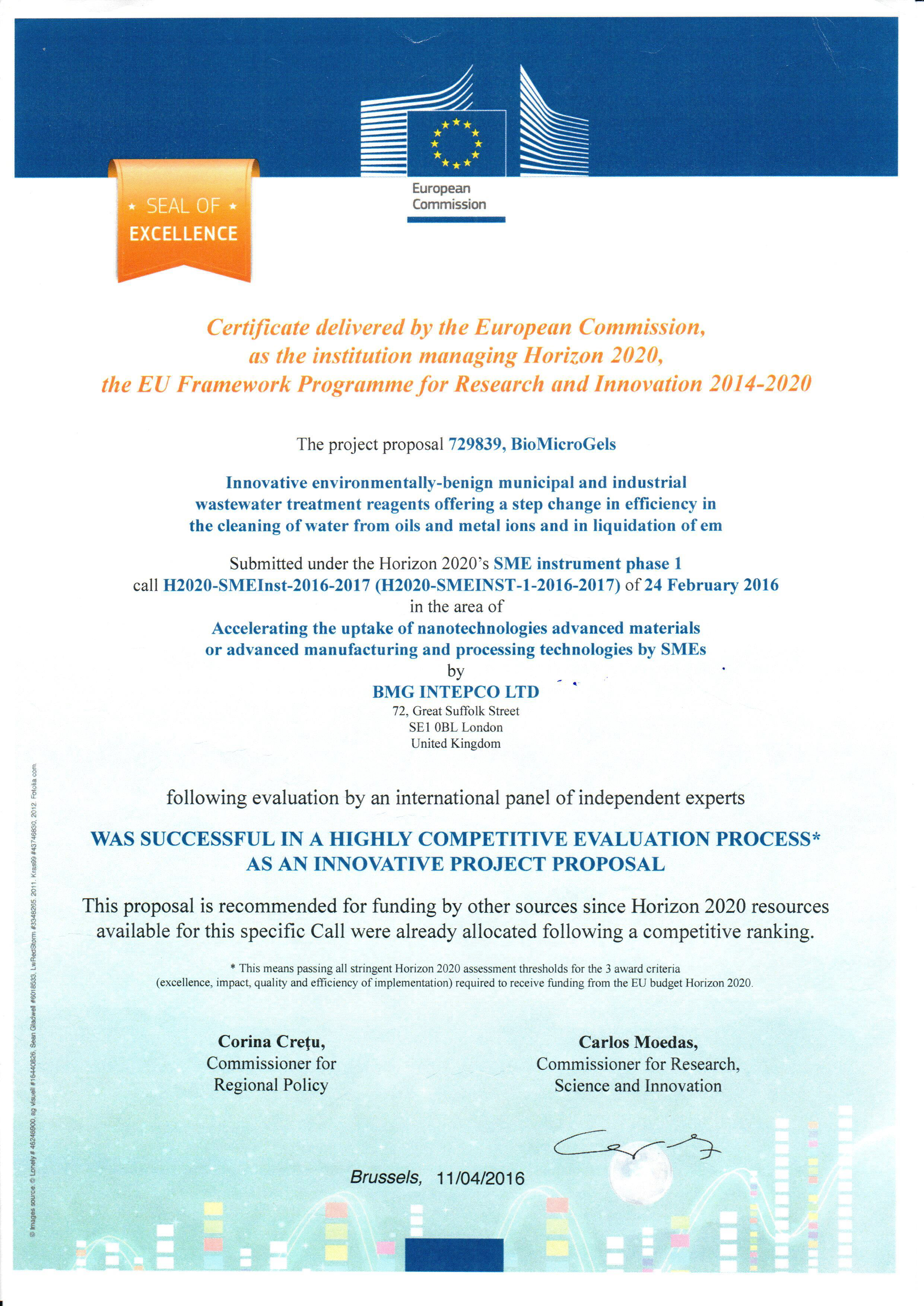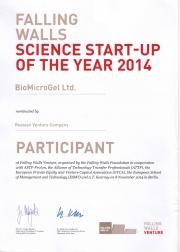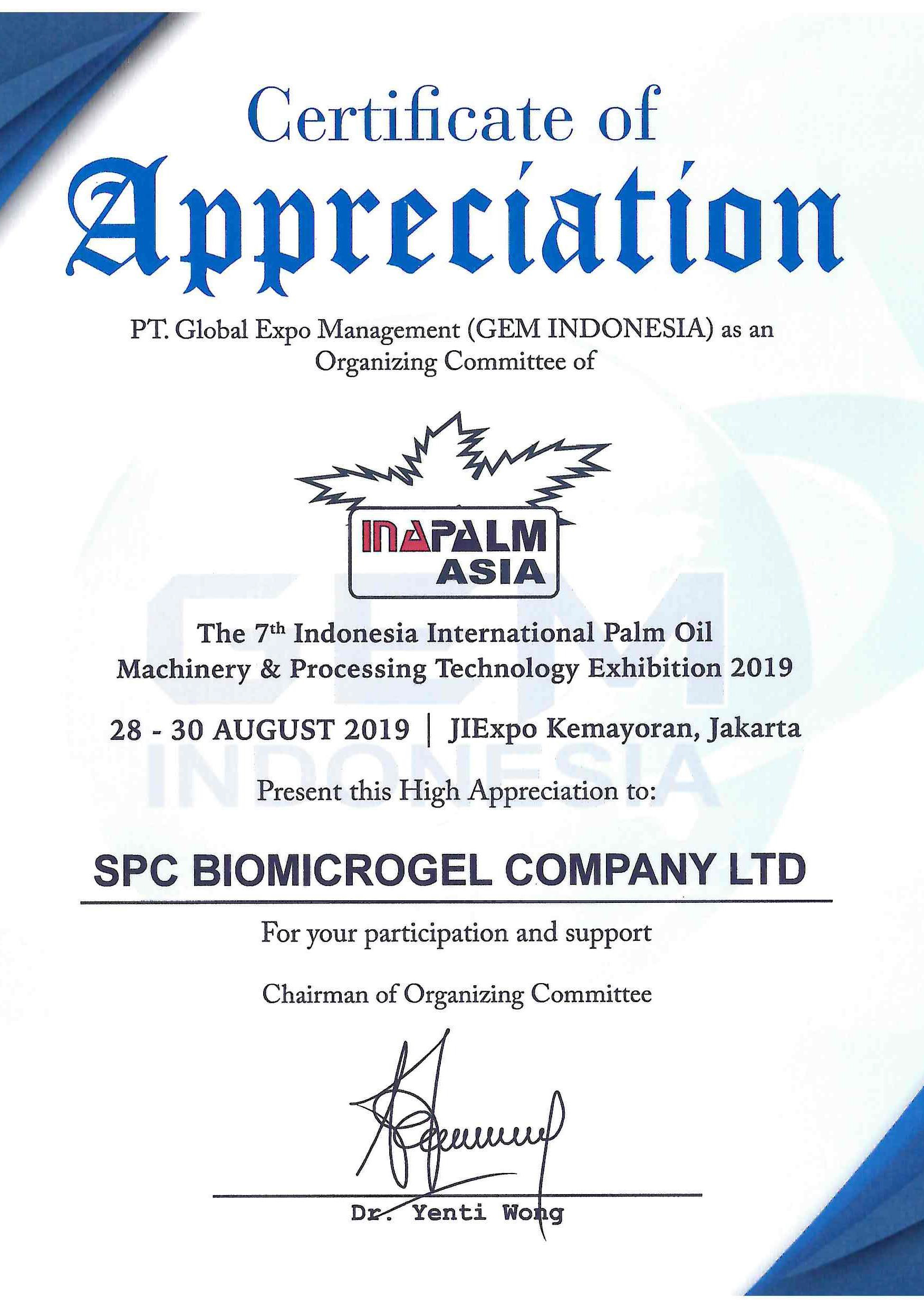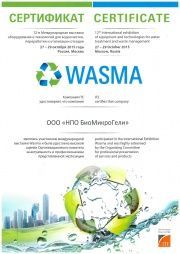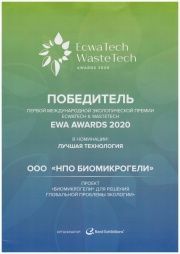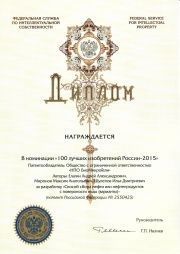Solutions for water and industrial wastewater treatment from oils, fats and petroleum products
Biomicrogels® is a solution for cleaning coolant at enterprises and recycling lines
Import substitution of reagents for water purification in industrial wastewater
Responding to spills of oil and petroleum products
Increasing the efficiency of vegetable oil production
Contract production of household and industrial chemicals in Russia under your brand
Solutions
For water treatment
Oil industry
Other industries
Purification of industrial and storm wastewater from oil and petroleum products prior to their discharge
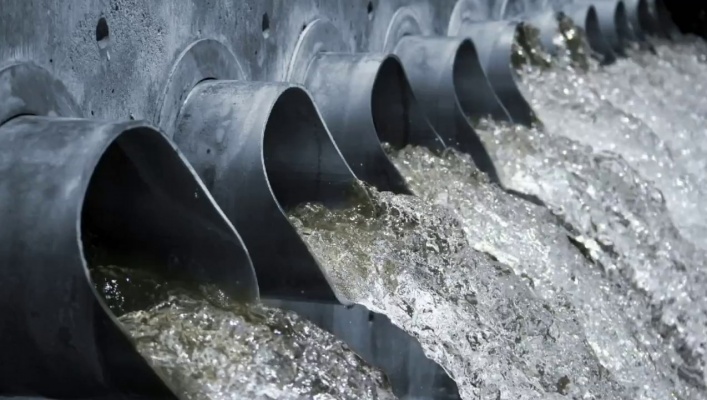
For responding to oil spills
Shipping and ports
Oil industry
Other industries
Containment and the recovery of thin oil slicks from the surface of water
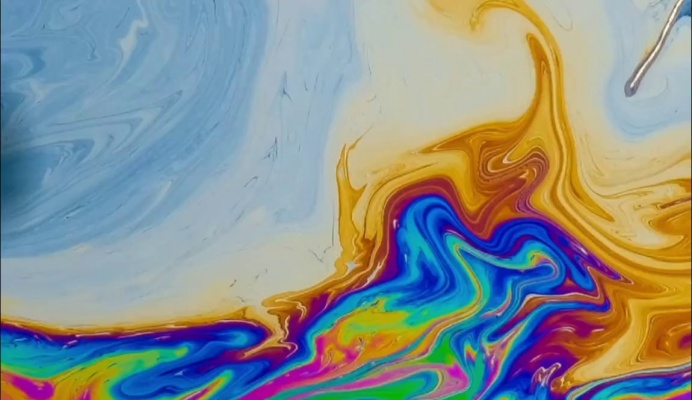
For the treatment and disposal of spent metalworking fluids
Metallurgical engineering and tube rolling
Decontamination of metalworking fluids in metallurgical engineering and tube rolling
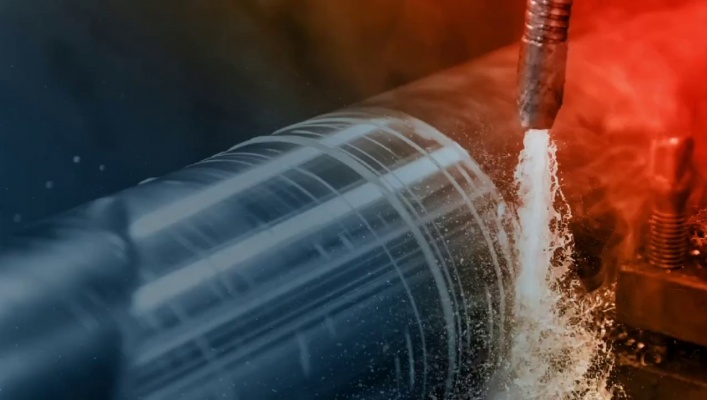
For the treatment of oilfield waters
Oil industry
Treatment of reservoir water, produced water, bottom water, and water injected to maintain reservoir pressure

Industries
Production facility and R&D
Производство реагентов полного цикла: перерабатываем исходное сельскохозяйственное сырье – свекольный жом и яблочный жмых – в готовый продукт.
Все производственные процессы полностью или частично автоматизированы.
Сырье и готовые продукты проходят контроль качества на всех этапах производственного цикла в собственной научной лаборатории. В лаборатории разработки мы можем модифицировать любой продукт под потребности клиента.
Продукт производится и поставляется в различных формах – порошок, раствор, концентрат – и в удобных фасовках. Мы можем оперативно доставить реагенты и оборудование на предприятие или склад заказчика.
Все сотрудники имеют обширный опыт в области химического производства.



